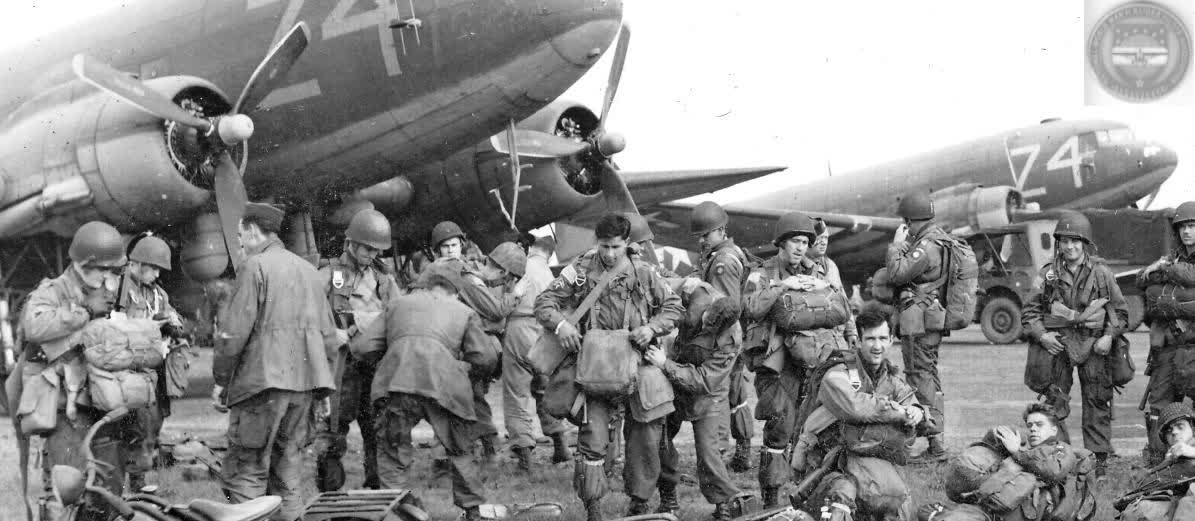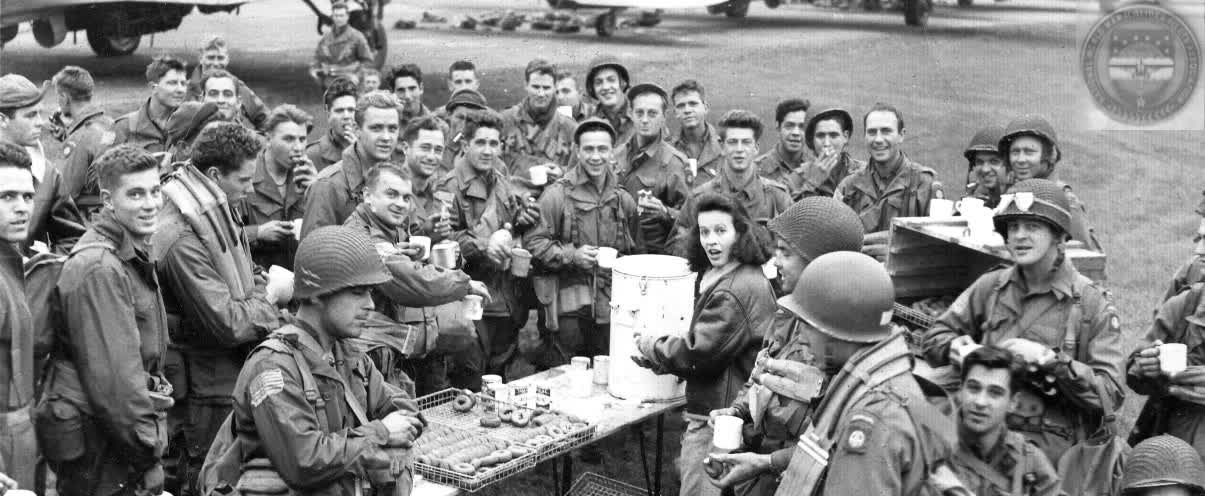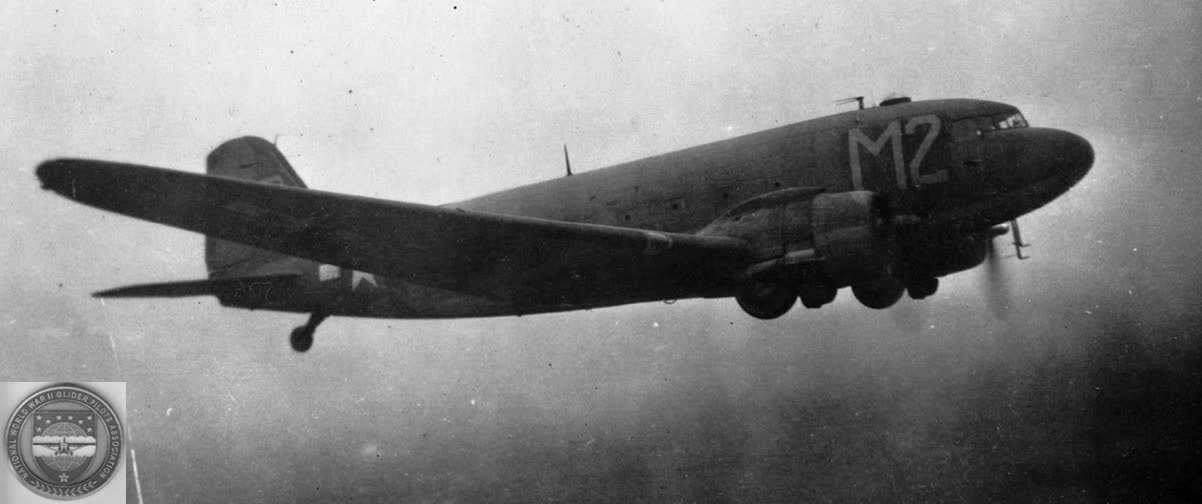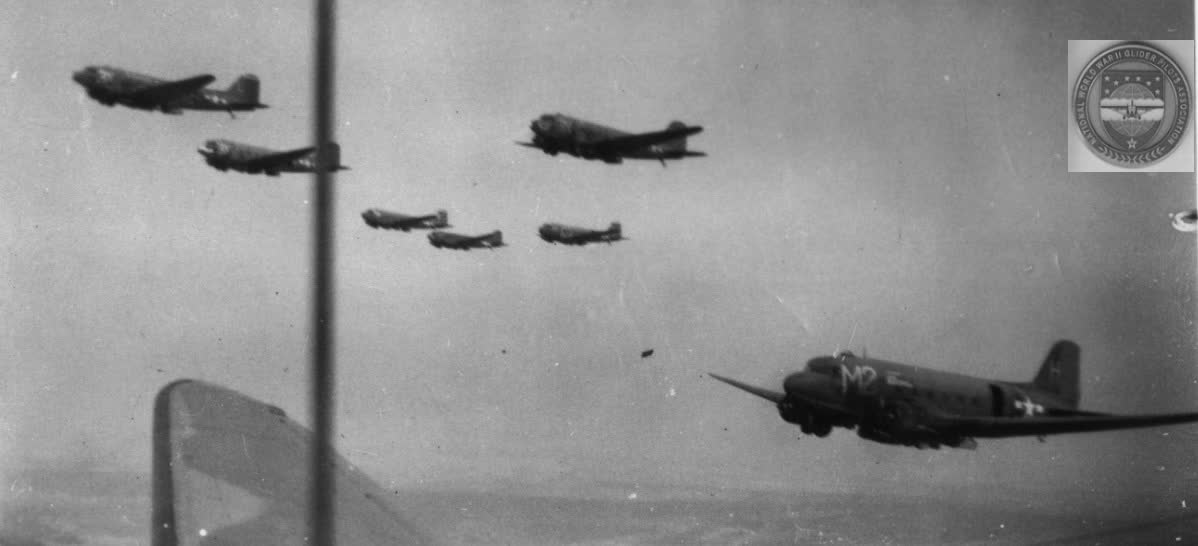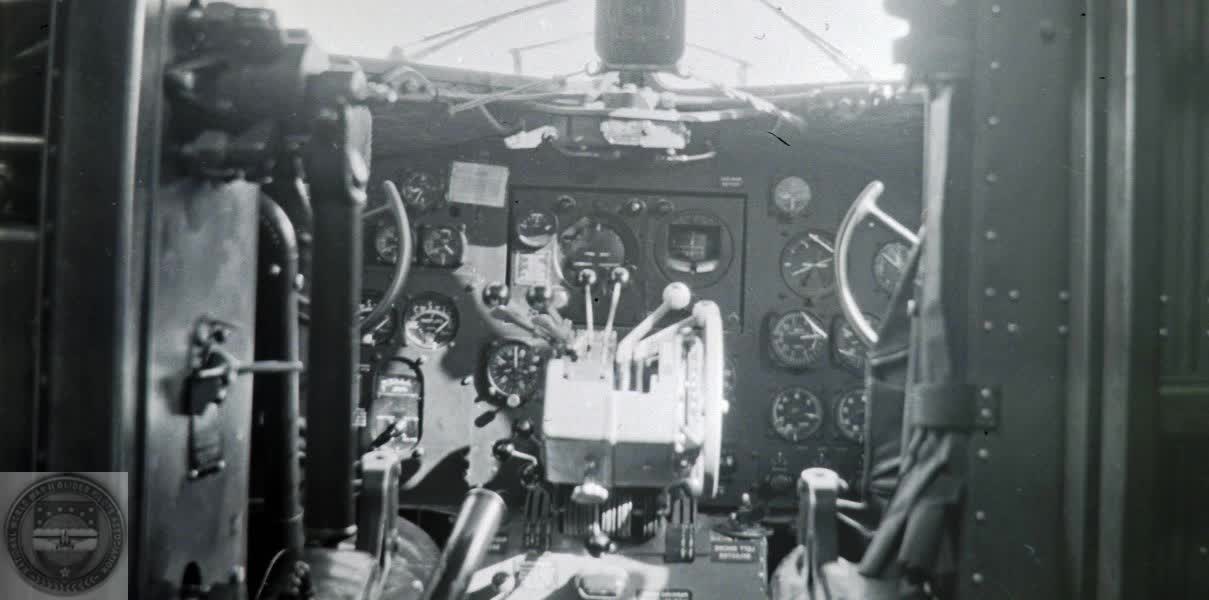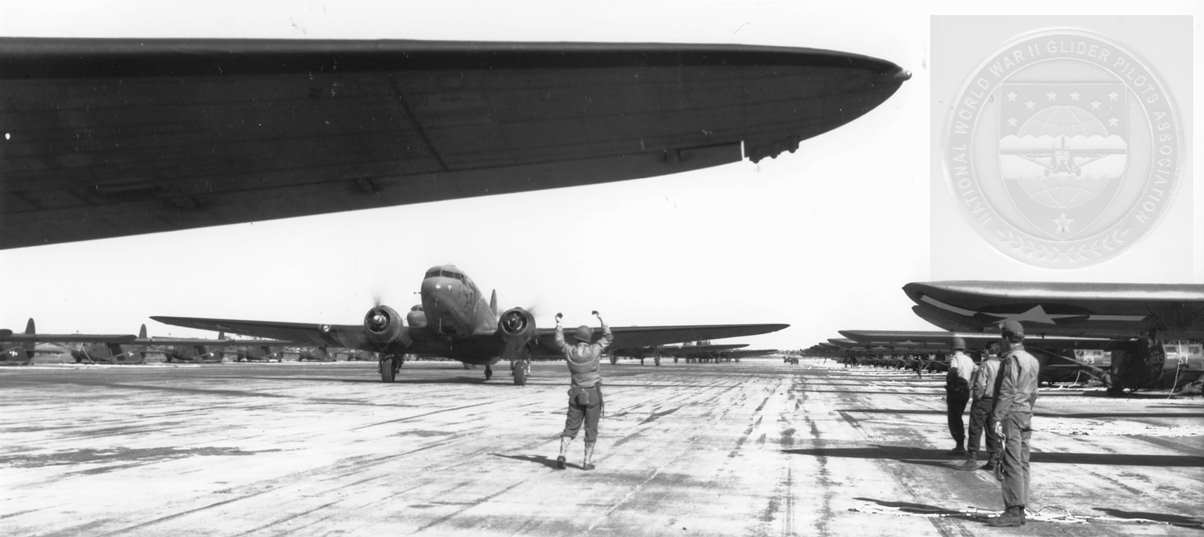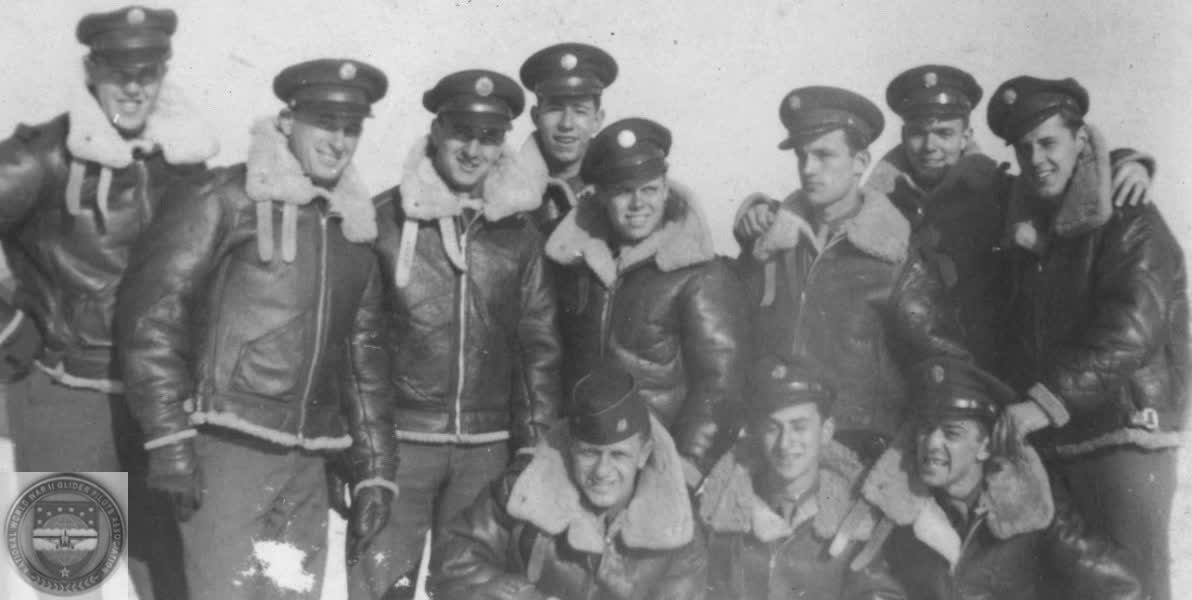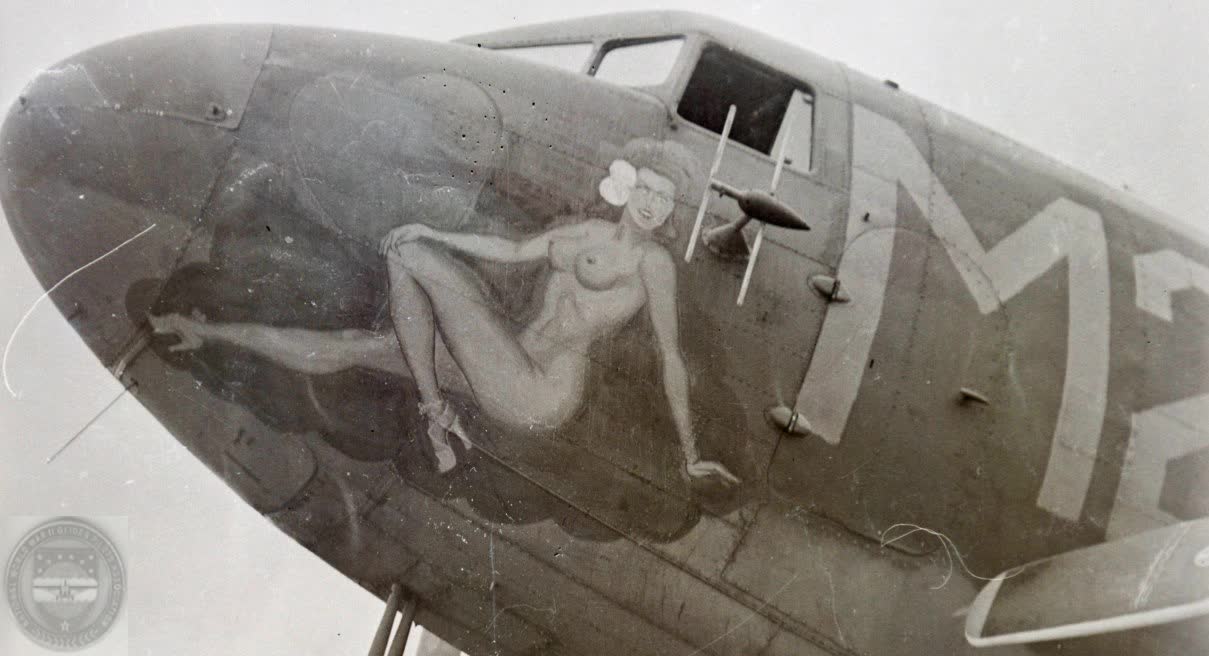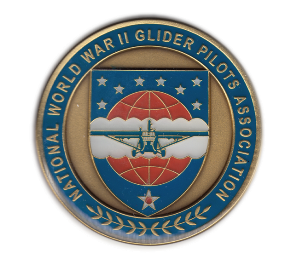National WWII Glider Pilots AssociationLegacy Organization of veterans National WWII Glider Pilots Association. Discover our History, Preserve our Legacy | ||
|
It is the glider pilot who releases the glider once the tug pilot has signaled that they are at the LZ and the Glider Pilot can identify his landing area. After the release of the glider the tow rope precariously arches downward and now the C-47 has to jettison the tow rope from the tail of the C-47. Always in combat briefings the tow rope drop area is designated so that the tug pilot knows where to release it. Landing with a tow rope still connected to the C-47 can cause the plane to crash and it have been known to kill entire crews. But how does the pilot know for sure that the tow rope really did get released? Whether in training or combat he has know way of knowing. He cannot see it when it is released. This is a solution that the 436th line chief came up with:
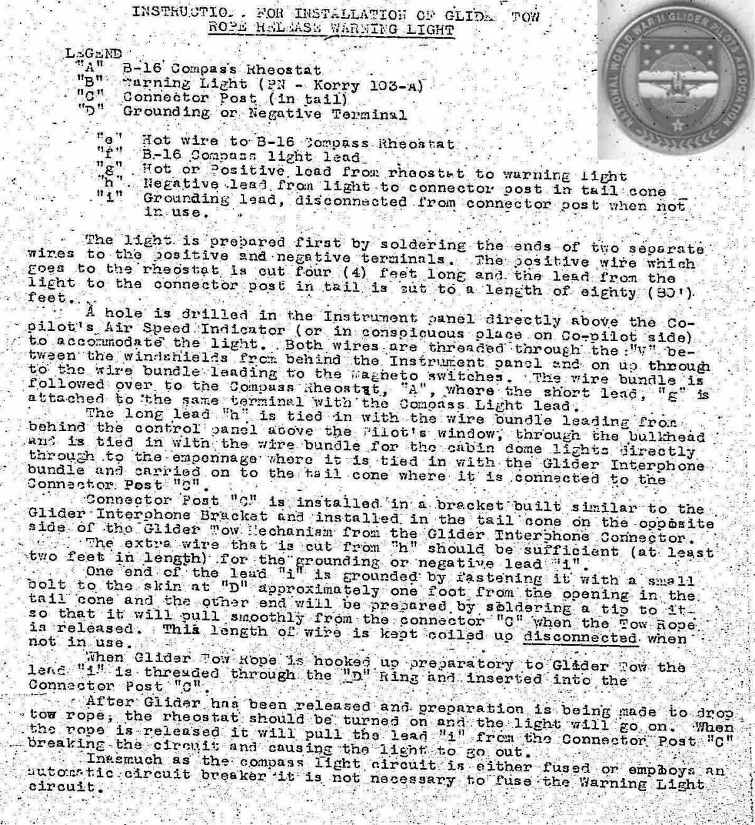 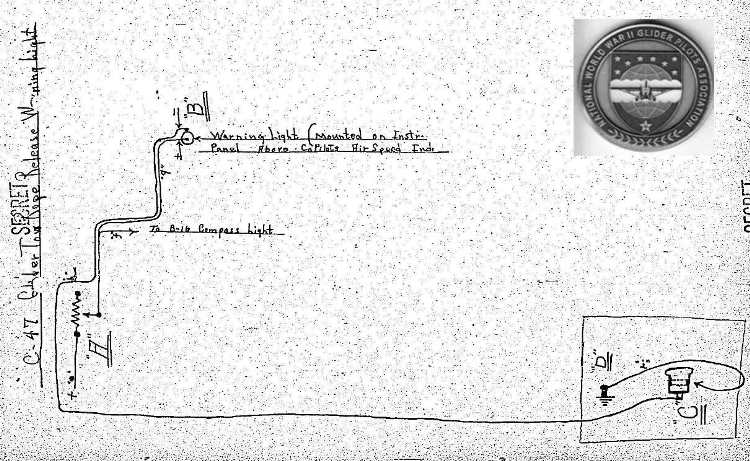 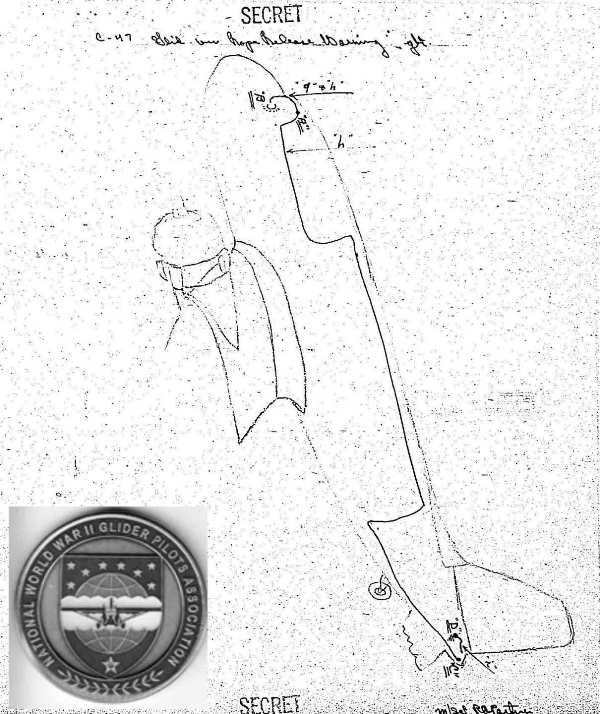 |
OUR TOW SHIPS U.S. Air Fields in Europe U.S. Air Fields in UK SQUADRON CODES C-47 TRIBUTE C-46 VARSITY CATASTROPHE POWER GLIDER PILOTS PASS IN REVIEW TOW KNOW HOW
GLIDER SNATCHING
Tow rope Release Indicator Briefing of Tow rope release area for Southern France Secret British Glider mission in the Balkins  National Archives/NWWIIGPA collection 305th Troop Carrier Squadron/442nd TC Group 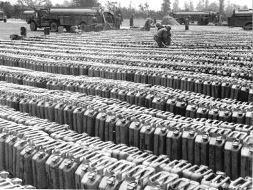 National Archives/NWWIIGPA collection
National Archives/NWWIIGPA collection9TH Air Force soldiers are transferring gasoline from delivery trucks into gas cans at an advanced air base somewhere in France. Many of these cans will be flown to airstrips closer to the front lines for fighter bombers. This photo was taken sometime after June 6th and before Oct. 27th 1944. 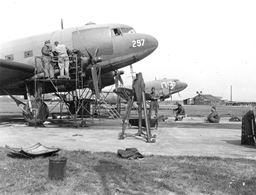 National Archives/NWWIIGPA collection
National Archives/NWWIIGPA collectionDouglas C-47's being repaired at a U.S. airdrome on the continent. EUROPE. [A plane belonging to or having belonged to the 61st sqd. of the 314th TCG can be seen in the background with its squadron code, Q9.] 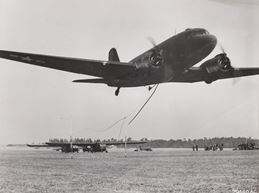 National Archives/NWWIIGPA collection Another method of glider pickup is accomplished by a Douglas C-47 tow plane in flight. | ||
|
| |||

